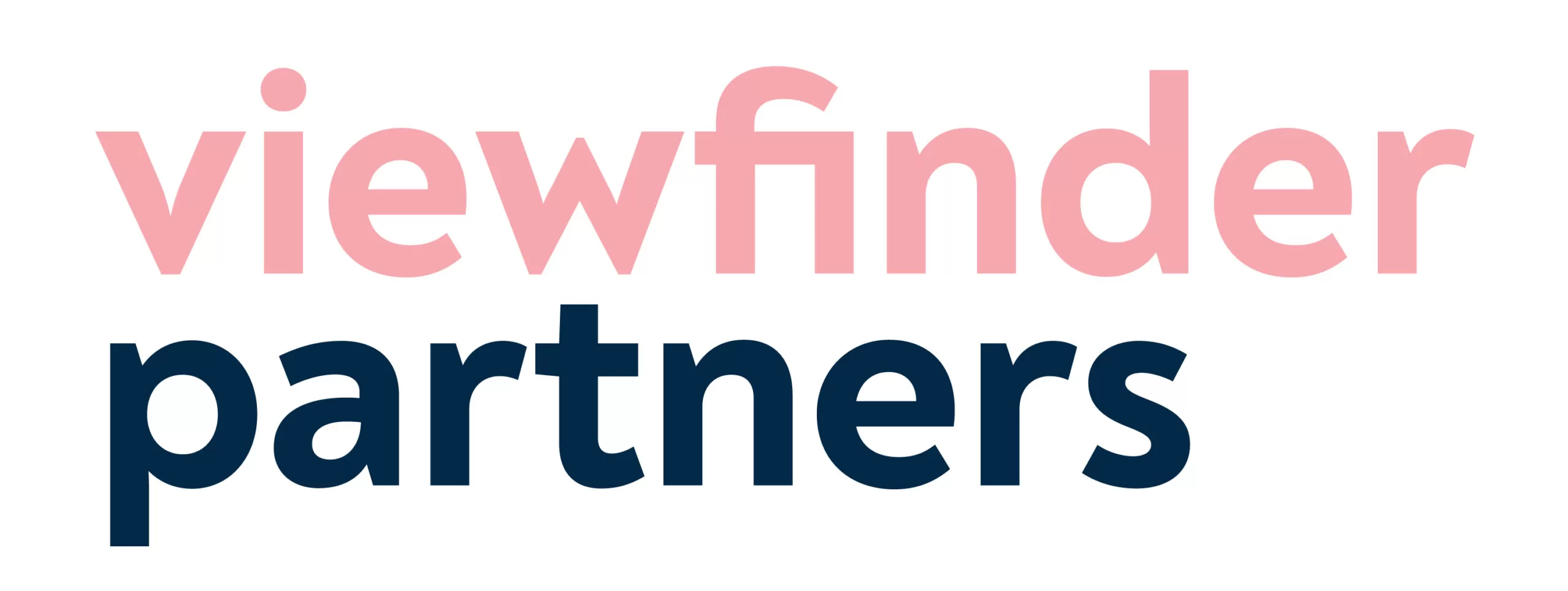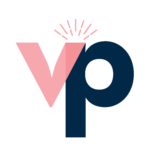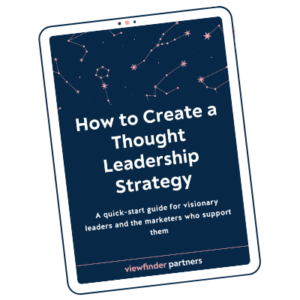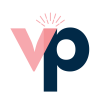“What I hear you saying is…”
In an interview, these are my magic words. They mark the moment of clarity when I understand someone else’s ideas enough to define them simply. It’s the crossroads moment when I repeat back what I’ve heard and get a gut check on whether we’re understanding each other.
Almost all of my work as a ghostwriter and a thought leadership strategist involves “downloading” as much as I can from someone else’s brain. I want to dig deep, way beyond the copy on their website or the title on their resume. I want to really understand how they work, how they think, and what makes their approach unique. I want to hear about how they’ve learned their craft, what has changed over the years, and what they see coming around the bend. In order to develop content, or a content strategy, I spend a lot of time interviewing smart people.
Over the last decade, I’ve gotten a lot better at digging up the good stuff, giving people an opening to share, and maximizing my time with the person on the other end of the phone. I’ve learned how to interview thought leaders successfully.
Even if you’re not a writer, I think we can all benefit from asking better questions, developing trust quickly, and coaxing the best ideas from someone else.
Here’s what I’ve learned about how to interview thought leaders.
How to interview thought leaders: aim for deep understanding
I’ve developed an interview process that I don’t even consciously think about anymore; it has become second nature because I’ve seen what works.
Before the interview
Sometimes, I’m interviewing someone I already know well — for example, the author whose book I just ghostwrote. I spent hours and hours talking to her, and I knew her expertise, voice, and personality quirks very well. And sometimes, it’s someone new and the interview will be our first (and sometimes last!) 1:1 interaction. I may have just 30 minutes to establish a connection, develop trust, and excavate all of the ideas and perspectives I’m looking for.
But whether I know the person well or not at all, I spend time preparing before the interview.
First, I define the overall goal of the conversation. What material am I trying to create based on this conversation? Am I trying to learn more about one specific project or idea? Am I using the call to explore potential topics? Does this person know a lot about something I don’t understand yet? Are there any controversial or hot-button issues we should explore? When the call is over, what do I need to know that I don’t know now?
I also research the person I’ll be interviewing. These days, I often want to know where in the world they live, what the past few months have been like for them, what they’re working on, and what they’re talking about online.
I use this context to write a list of questions and topics for the conversation. I have some go-to favorite questions that I ask in almost every interview, too:
-
What surprised you about….?
-
What have you learned about….?
-
What advice would you give someone who is just starting out in this field?
During the interview
I use that list of questions to run the interview. First, I make sure the other person knows the goal of our conversation. Then, I start with an easy, broad question. “How did you get started with…” or “What brought you to…” or “How did you get interested in…”
Then, I start digging into the good stuff. Here’s how I’ve learned to quickly understand a new-to-me topic.
-
Ask a question (here’s my go-to list of questions to get people talking about their work).
-
BE QUIET and listen. If they pause, don’t immediately jump in. Give it a beat, give them some space, and they’ll often keep going.
-
While they’re talking, take notes. I highlight ideas or phrases I want to come back to later.
-
When they’ve finished talking, I keep asking clarifying questions and following the same process — UNTIL I think I understand their unique approach.
-
Then, I pull out my magic words: “Let me see if I understand. What I hear you saying is….” and I repeat back a simplified version of what they’ve told me, often using their exact words or turns of phrase.
-
If they say “YES, exactly!” then I know I’ve nailed it.
-
But I’m also glad when they say, “No, not quite. What you’re missing is…” That’s a critical moment. They’re explaining the key angle or differentiator that I will need to understand and, in turn, explain to their audience. They’re telling me their unique secret sauce that isn’t immediately obvious when they explain their work. Plus, they get practice explaining themselves to people outside their knowledgeable inner circle. They have to tell me about it in layman’s terms, not insider jargon.
At the end of the interview, I always ask: “Do you have anything else you want to share?” Often the answer is no, but when it’s yes, I invariably get one of the best nuggets of the interview — the final thought at the back of their minds that they’d been waiting to tell me.
After the interview
I record every interview and transcribe so that I can focus on the conversation in real-time without writing down every word someone says. (The Otter plug-in on Zoom automatically transcribes my recorded calls, making this process totally seamless.) And it’s amazing to me how often I go back and listen to these recordings and hear new things — an inflection in their voice that gives me clues, or even actual meanings I didn’t fully grasp in the live call. And recording the interview allows me to literally use their words when I write in their voice.
Finally, I send them the draft. And again, if they say “YES, wow, you captured this beautifully,” then I’ve done my job. But I also appreciate learning from their subtle edits and changes. Sometimes when people see their words on a page, they change their minds about how they want to communicate their ideas. I consider that part of my learning process as a ghostwriter — it’s more data I add to my toolbox.
Developing this approach to interviewing, and growing my confidence as an interviewer through a lot of practice, has made me pretty fearless. I know that I can calmly and quickly learn something new just by picking up the phone, and I’m not nervous to talk to people in a field I know nothing about. I’ve learned that most people love to explain something to someone who knows less than they do (hi, that’s me!). I give them the platform to do that, and hopefully help them feel smart and eloquent in the process.
In sum: Knowing how to interview thought leaders is about aiming for deep understanding, asking questions that push people to reflect in a new way, and staying quiet to let them answer thoughtfully.







